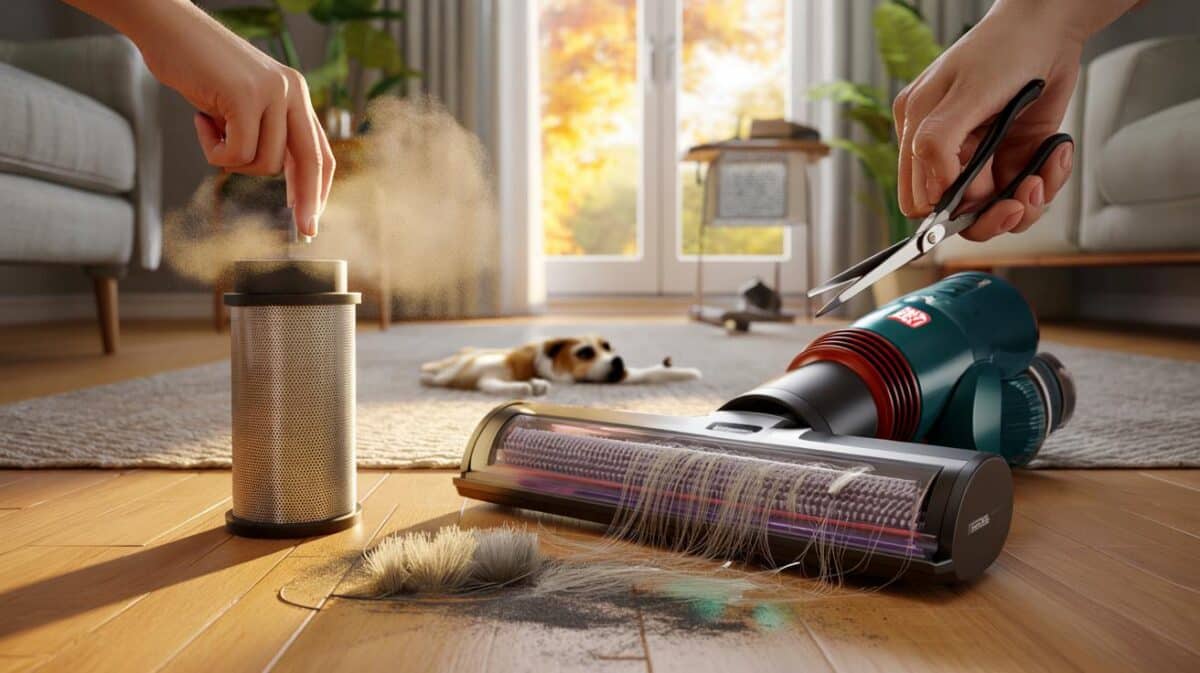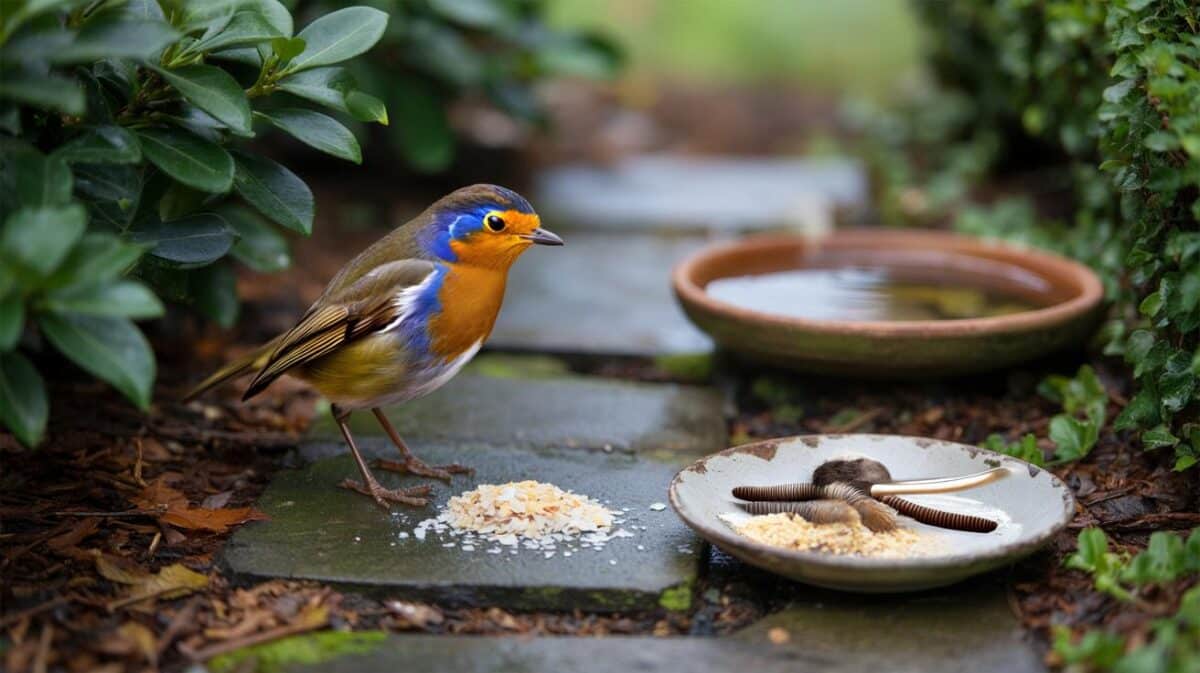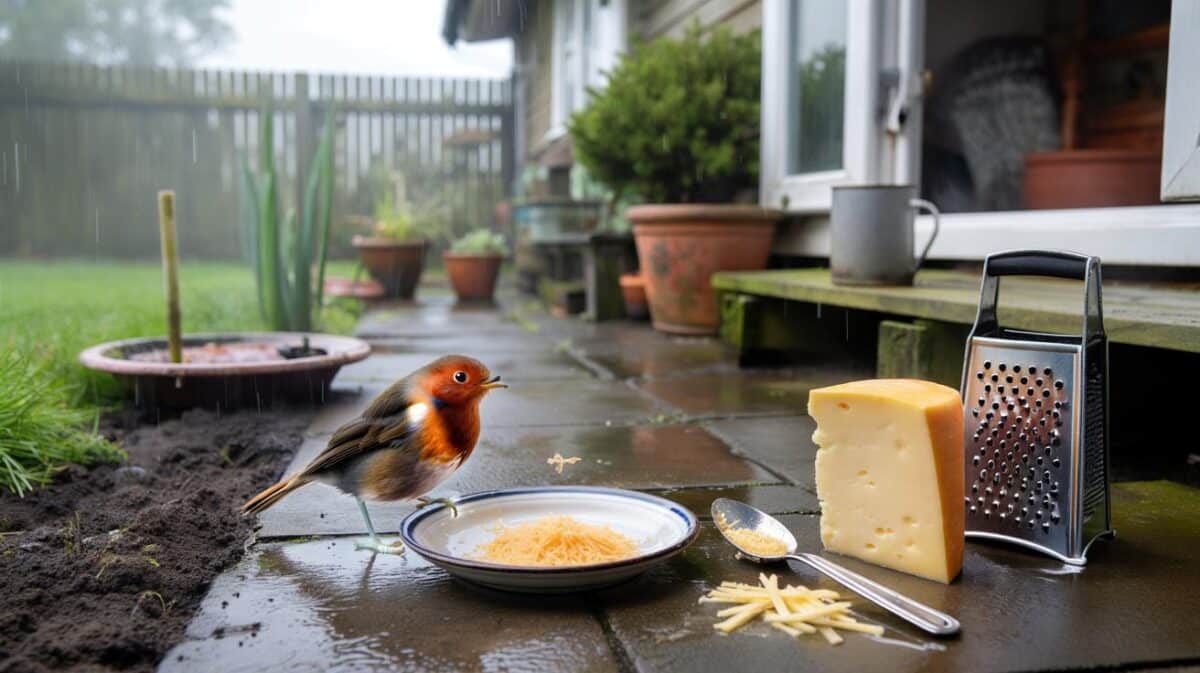A humble brush can kindle conflict, or open a quieter pact.
Across living rooms and landings, the autumn moult returns and tempers rise with it. Many households face the same stand-off: a bristling back, a lashing tail, a brush held like a peace offering that somehow provokes a skirmish. Small changes shift these moments from fraught to friendly. Here’s how to turn those tiny triggers into trust.
Why small mistakes spark big battles
Most cats can tolerate a brief tidy. Trouble starts when the routine clashes with instinct. Sudden pressure on the belly or hindquarters can feel like a threat. Stiff pins scratch delicate skin. Static from synthetic brushes nips like miniature shocks. A new tool smells odd. Rushed hands move too fast.
Seasonal shedding magnifies all of this. Tufts snag, the coat tightens, and a hasty tug becomes a fight starter. Start gentle, read the body, and stop while calm still holds.
End every session before the first tail lash. Ending early builds trust faster than any treat.
Pick the right tool for your cat
Not every brush suits every coat. A plastic slicker can glide over some cats, then grate on others. Matching tool to texture reduces friction, trims time, and lowers stress.
| Brush type | Best for | Skin comfort | Typical UK price |
|---|---|---|---|
| Soft slicker (fine pins) | Medium to long coats, daily upkeep | Medium, check pin softness | £8–£18 |
| Rubber grooming mitt | Short coats, sensitive cats, anti-static | High, gentle massage feel | £6–£12 |
| Undercoat rake (rounded teeth) | Thick double coats, seasonal moults | Medium, use light pressure | £10–£20 |
| Wide-tooth comb | Detangling knots behind ears/underarms | Variable, slow passes only | £5–£10 |
Check fit, not just label
Run the tool across your forearm. If it scratches you, it will annoy your cat. If it drags at hair, stop. A soft, flexible head works with the body’s curves. Metal needs rounded tips. Rubber lowers static. A light handle stops you pressing too hard.
Prep the coat before you start
Work with the grain, shoulder to tail. Tease small mats with fingers, then comb. Do not drive a brush through a knot. That yanks the skin and ends the session.
Set the pace: the 2-minute truce plan
Short and predictable beats long and perfect. Two quiet minutes, four times a week, shift the whole mood. Pair the sound of the brush with reward. Close on calm, not on a tussle.
| Time | Action |
|---|---|
| 0:00 | Show the brush, give a small treat or a lick of paste. |
| 0:20 | Two light strokes at the shoulders, pause for a sniff. |
| 1:00 | Five gentle passes along the back, avoid the belly and hind legs. |
| 1:40 | One quick comb through any loose tufts, then stop. |
| 2:00 | End with a chin rub and a final treat. Brush goes away. |
Little and often wins. Frequency builds familiarity; familiarity kills fear.
Seven tiny mistakes that ignite drama
- Starting near the belly or hindquarters instead of the shoulders.
- Brushing against the grain and snagging the coat.
- Using stiff, unrounded pins that scratch the skin.
- Forcing the brush through knots instead of teasing first.
- Running past the two‑minute mark, even when signs of stress appear.
- Ignoring tail, ear and whisker signals when the cat needs a break.
- Stopping only after a scuffle, which reinforces struggle as the cue to finish.
Rewards that rewrite the script
Reinforcement changes the association. End every micro‑session with something your cat values. Keep it tiny and predictable. A lick‑based treat sticks near the brush and anchors good feelings to the tool itself.
Three fast fixes that calm the room
- Stage the brush: place it near a favourite nap spot for two days so it picks up home scent.
- Pair the first stroke with a soft word your cat already links with food time.
- Close early: one pass, treat, stop. Build to five passes across a week.
Reward the moment before tension, not the moment after it. That single timing shift changes everything.
When tension signals something deeper
Persistent flinching can point to sore spots. Mats tug at the skin and hurt. Arthritis makes hips sensitive. Flea bites itch; dandruff hints at dryness or stress. If the cat guards one area, skip it and check later by hand. Look for scabs, redness, or sudden grooming changes. If pain seems likely, seek professional advice and pause heavy brushing until you have answers.
Create a calmer stage
Shape the room, not just the routine
Choose a quiet corner. Use a towel with the cat’s scent. Warm the brush in your hand for thirty seconds. A drop of water on the bristles cuts static. Brush on a raised perch where the cat feels secure. Keep the vacuum out of sight and out of earshot.
Match frequency to the coat
Short coats often need two to three micro‑sessions a week in shedding season. Long coats may need daily touch‑ups but still short. If tufts form, split them across days. Ten seconds today can save tugging tomorrow.
Extra detail that saves time later
Budget and upkeep matter. A decent soft slicker lasts a year with light use. Replace it when pins bend or scratch your forearm. Clean tools weekly with warm water and mild soap, then dry fully to prevent rust. Store brushes in a dry drawer away from litter dust, which can roughen pins.
Plan a simple desensitisation run for nervous cats. Day 1: brush on the floor, treat for a nose touch. Day 2: lift the brush, treat when your cat leans towards it. Day 3: one light touch on the shoulder, treat, stop. Day 4 to 7: add a single extra stroke per day, ending before agitation. Most cats accept this slow ladder within a fortnight.
Think about the wider picture. Hairballs increase during the moult; short, regular brushing trims the intake of loose fur. A fibre snack can help, but keep treats within your cat’s daily calorie allowance. If the coat mats despite effort, book a professional groom before winter sets in. A tidy coat warms better and needs less fuss.







